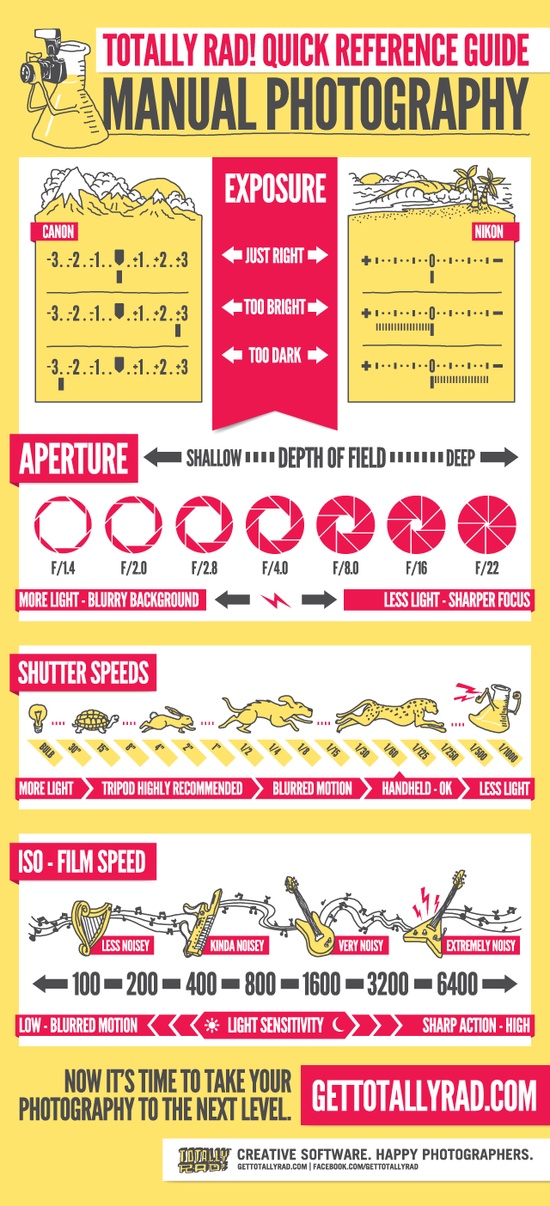Join Us To Find Necessary Photography Pointers That Will Unlock Your Electronic Camera'S Capacity-- Prepare To Capture Sensational Images In No Time At All!
Join Us To Find Necessary Photography Pointers That Will Unlock Your Electronic Camera'S Capacity-- Prepare To Capture Sensational Images In No Time At All!
Blog Article
Posted By-Whitley Bryant
When you initially grab your electronic camera, it can really feel frustrating with all the setups and alternatives readily available. You may find yourself asking yourself how to navigate aperture, shutter rate, and ISO efficiently. Grasping these basics is crucial, but there's even more to photography than just technical knowledge. Understanding composition methods and illumination conditions can boost your images substantially. So, what if you could find out basic methods to enhance your skills and begin catching excellent photos earlier than you believe? Let's explore exactly how to transform your photography journey.
Comprehending Video Camera Setups
Recognizing your video camera settings is essential for capturing magnificent photos. When you grab your video camera, acquaint on your own with the three primary settings: aperture, shutter rate, and ISO. Each plays an essential function in how your images turn out.
Start with aperture, which manages the quantity of light entering the lens. A wider aperture (lower f-number) allows a lot more light and produces a beautiful background blur, excellent for pictures. Conversely, a narrower aperture (higher f-number) keeps even more of the scene in focus, ideal for landscapes.
Next, focus on shutter speed. This setup identifies how long your video camera's sensor is exposed to light. A rapid shutter rate ices up activity, which is terrific for activity shots, while a slow-moving shutter speed can produce magnificent effects like smooth water in landscapes.
Finally, readjust your ISO. This setup affects your camera's sensitivity to light. A higher ISO is useful in low-light circumstances but can introduce noise or grain. Go for the lowest ISO possible while still achieving appropriate exposure.
Structure Techniques
When you're out shooting, structure can make all the distinction in exactly how your photos resonate with customers. Begin by utilizing the guideline of thirds; imagine your frame split right into nine equivalent sections with two horizontal and two upright lines. Placement key elements along these lines or at their junctions to create balance and rate of interest.
Next off, take into consideration leading lines. These natural lines in your scene, like roads or rivers, draw the customer's eye into the photo, directing them via the story you're informing.
Do not forget framing; usage components within your scene, like trees or home windows, to create a structure around your subject, adding deepness and emphasis.
Likewise, watch on your background. A messy history can distract from your main topic, while a straightforward one aids it stand out.
Lastly, try out proportion and patterns; they can create a striking photo that records attention.
Learning Lights Conditions
Grasping lighting problems is vital for recording spectacular photographs, as the ideal light can transform an ordinary scene into something phenomenal.
Begin by observing all-natural light at various times of the day. relevant web site and late afternoons supply the best light, referred to as the golden hour. The soft, cozy tones during these times can improve your images perfectly.
Don't shy away from cloudy days either; diffused light can decrease extreme darkness and create a pleasing effect, particularly for portraits.
Try out backlighting by placing your topic versus the light. This strategy can produce a wonderful halo result and include deepness to your photos.
Pay attention to your video camera setups also. Change the ISO, aperture, and shutter rate to fit the lights problems. A higher ISO can aid in low light, yet be cautious of grain.
Utilize https://blogfreely.net/dusty796cornell/photographers-often-forget-key-principles-that-can-prevent-their-growth-find in darker settings to stay clear of blur.
Lastly, don't neglect artificial illumination. Flash and continual lights can be terrific tools for managing light in tough conditions.
Conclusion
In conclusion, mastering your video camera does not need to be frustrating. By comprehending your settings, using structure techniques, and harnessing the power of natural light, you'll quickly raise your digital photography skills. Remember, practice makes excellent, so go out there and trying out your newly found knowledge. With time and dedication, you'll be catching stunning pictures that mirror your unique viewpoint. Appreciate the journey, and don't fail to remember to have fun while you go to it!
